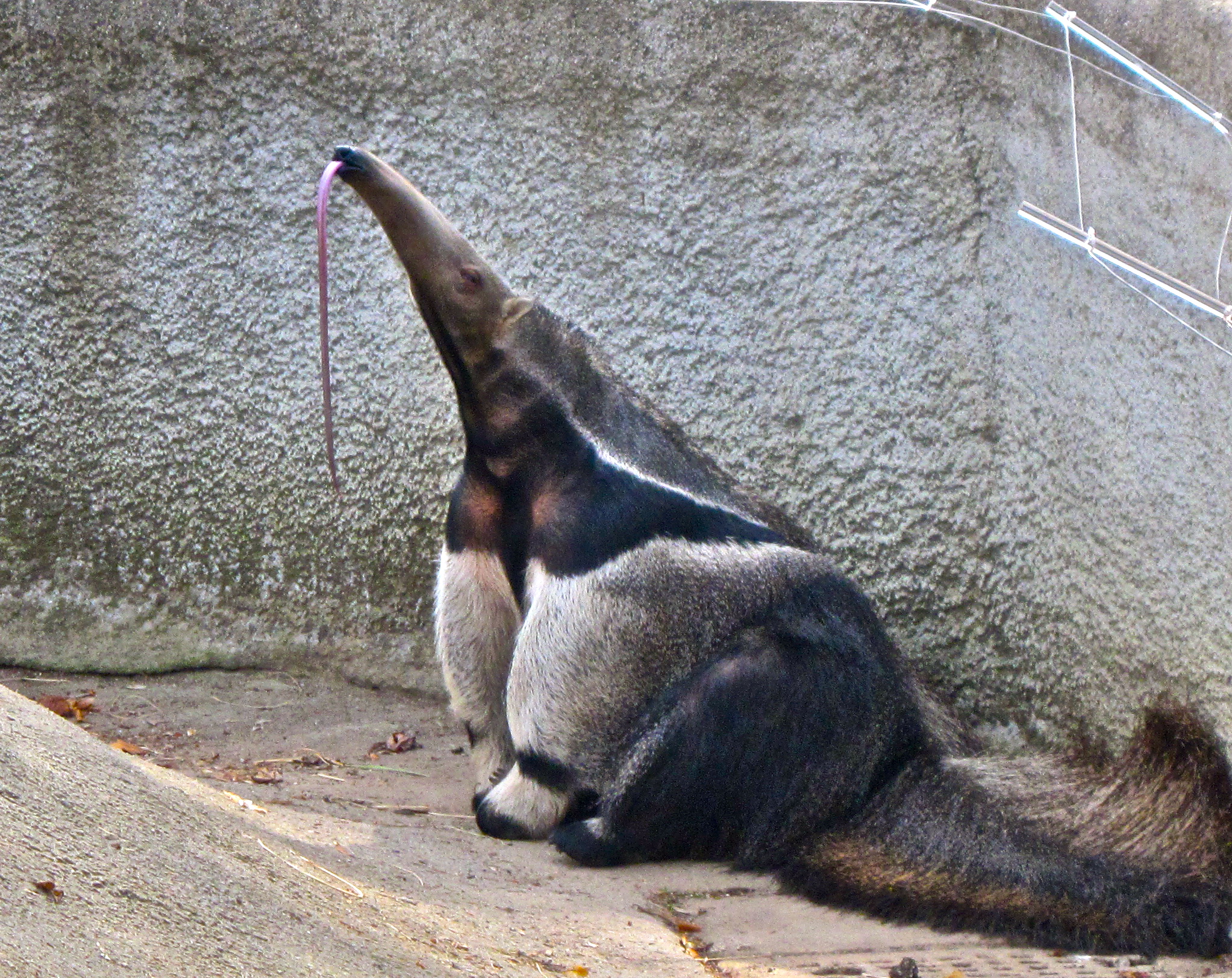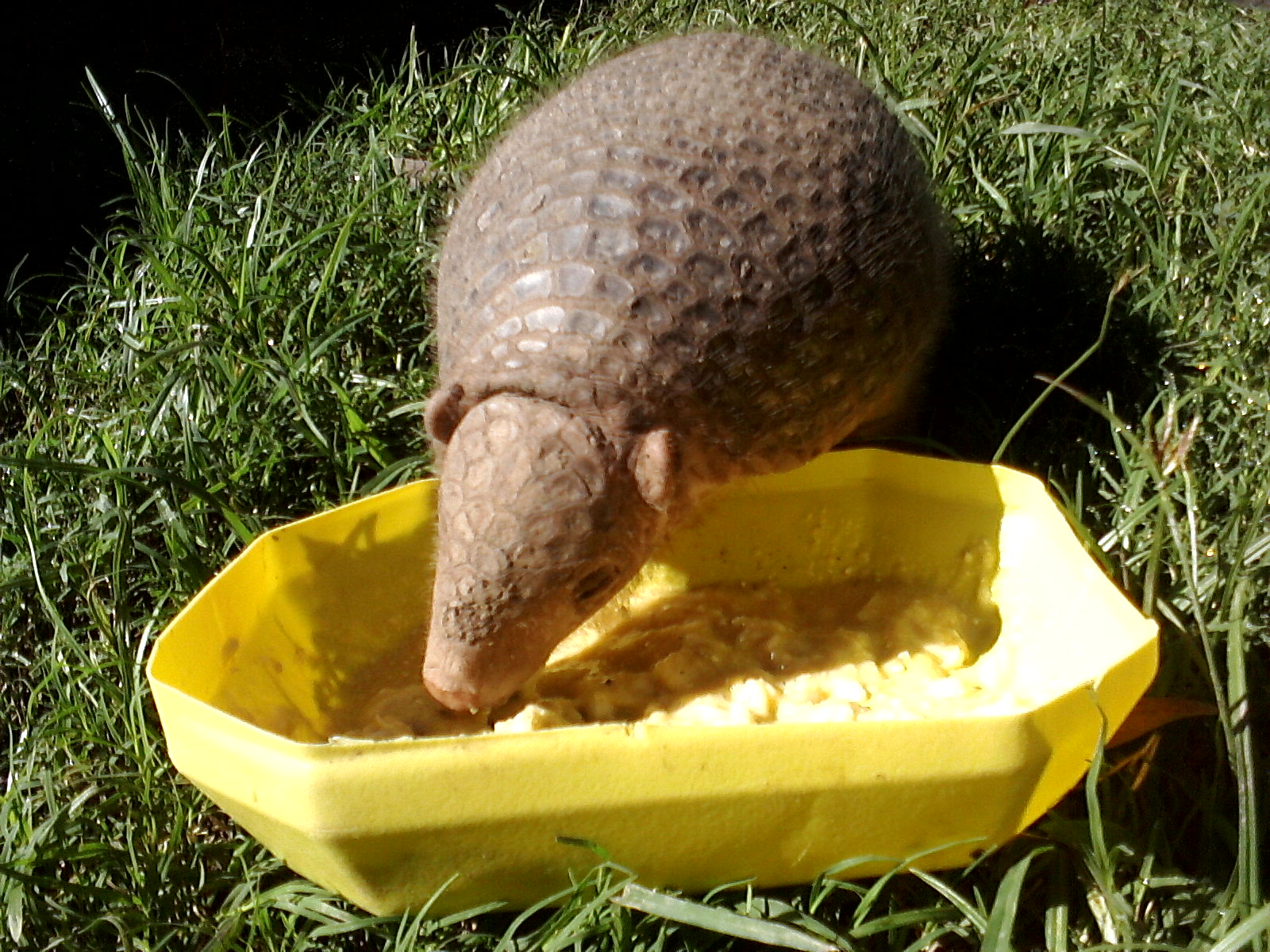|
Lago Do Capanã Grande Extractive Reserve
The Lago do Capanã Grande Extractive Reserve ( pt, Reserva Extrativista do Lago do Capanã Grande) is an extractive reserve in the state of Amazonas. Location The Lago do Capanã Grande Extractive Reserve is in the municipality of Manicoré, Amazonas. It has an area of . The reserve is bounded by the BR-319 highway along the northwest border. To the southwest the reserve adjoins the Nascentes do Lago Jari National Park. The southeast boundary of the reserve is close to the Madeira River and is crossed by Lago do Capanã (Capanã Lake), after which the reserve is named. To the northeast it adjoins the Rio Amapá Sustainable Development Reserve. The terrain is flat or slightly undulating. The region is mainly drained by the Madeira River. The main streams within the reserve are the Capanã igarapé and the Amapá River, a tributary of the Matupiri River. There are many other smaller streams or bayous, some completely dry in the dry season. The reserve contains the Barbaço an ... [...More Info...] [...Related Items...] OR: [Wikipedia] [Google] [Baidu] |
Manicoré
Manicoré is a municipality located in the south-east of the Brazilian state of Amazonas. Location The population of Manicoré was 56,583 (2020) and its area is 48,282 km2. The town is located on the banks of the Madeira River about downstream from where the Manicoré River merges into the Madeira. The city is served by Manicoré Airport. Economy Santo Antônio do Matupí is a major centre of logging in the region. History Manicoré's origins date back to 1637, with the expedition of Pedro Teixeira, a Portuguese explorer and military man. The authorities of Grão-Pará sent an escort to the Madeira River in 1716, commanded by João de Barros e Guerra, an experienced captain. In 1797, the village of Crato was founded, under orders from the Governor of Grão-Pará, with a view to facilitating commercial transactions between Pará, Mato Grosso and Goiás. The village was transferred to a site between the Baetas and Arraias rivers, in 1802. On July 4, 1858, through Law no. ... [...More Info...] [...Related Items...] OR: [Wikipedia] [Google] [Baidu] |
Giant Otter
The giant otter or giant river otter (''Pteronura brasiliensis'') is a South American carnivorous mammal. It is the longest member of the weasel family, Mustelidae, a globally successful group of predators, reaching up to . Atypical of mustelids, the giant otter is a social species, with family groups typically supporting three to eight members. The groups are centered on a dominant breeding pair and are extremely cohesive and cooperative. Although generally peaceful, the species is territorial, and aggression has been observed between groups. The giant otter is diurnal, being active exclusively during daylight hours. It is the noisiest otter species, and distinct vocalizations have been documented that indicate alarm, aggression, and reassurance. The giant otter ranges across north-central South America; it lives mostly in and along the Amazon River and in the Pantanal. Its distribution has been greatly reduced and is now discontinuous. Decades of poaching for its velvety pel ... [...More Info...] [...Related Items...] OR: [Wikipedia] [Google] [Baidu] |
Abufari Biological Reserve
Abufari Biological Reserve ( pt, Reserva Biológica do Abufari) is a biological reserve in the state of Amazonas, Brazil. It is mostly lowland tropical rainforest, with very diverse flora and fauna. Location The Abufari Biological Reserve is in the Amazon biome in the municipality of Tapauá, Amazonas. It was created on 20 September 1982 and has an area of . It is administered by the Chico Mendes Institute for Biodiversity Conservation. To the northeast the reserve adjoins the Piagaçu-Purus Sustainable Development Reserve, established in 2003. The terrain is mostly lowland, with altitude from . The Purus River and its tributaries run through the reserve, which also includes a system of lagoons. Environment Average annual rainfall is . Temperatures vary from , with an average of . The reserve has one of the largest nesting areas for freshwater Amazon turtles, where more than 200,000 freshwater turtles are born each year. Species include the endangered Arrau turtle (Podocnemis ... [...More Info...] [...Related Items...] OR: [Wikipedia] [Google] [Baidu] |
PRONAF
The agriculture of Brazil is historically one of the principal bases of Brazil's economy. While its initial focus was on sugarcane, Brazil eventually became the world's largest exporter of coffee, soybeans, beef, and crop-based ethanol. The success of agriculture during the Estado Novo (New State), with Getúlio Vargas, led to the expression, "Brazil, breadbasket of the world". As of 2009, Brazil had about of undeveloped fertile land – a territory larger than the combined area of France and Spain. According to a 2008 IBGE study, despite the world financial crisis, Brazil had record agricultural production, with growth of 9.1%, principally motivated by favorable weather. The production of grains in the year reached an unprecedented 145,400,000 tons. That record output employed an additional 4.8% in planted area, totalling 65,338,000 hectares and producing $148 billion Reals. The principal products were corn (13.1% growth) and soy (2.4% growth). The southern one-half to ... [...More Info...] [...Related Items...] OR: [Wikipedia] [Google] [Baidu] |
IUCN Protected Area Categories
IUCN protected area categories, or IUCN protected area management categories, are categories used to classify protected areas in a system developed by the International Union for Conservation of Nature (IUCN). The enlisting of such areas is part of a strategy being used toward the conservation of the world's natural environment and biodiversity. The IUCN has developed the protected area management categories system to define, record and classify the wide variety of specific aims and concerns when categorising protected areas and their objectives. This categorisation method is recognised on a global scale by national governments and international bodies such as the United Nations and the Convention on Biological Diversity. Categories Category Ia – strict nature reserve A strict nature reserve (IUCN Category Ia) is an area which is protected from all but light human use in order to protect its biodiversity and also possibly its geological/geomorphical features. These areas ... [...More Info...] [...Related Items...] OR: [Wikipedia] [Google] [Baidu] |
Chico Mendes Institute For Biodiversity Conservation
The Chico Mendes Institute for Biodiversity Conservation (Portuguese: ''Instituto Chico Mendes de Conservação da Biodiversidade'', ICMBio) is the Brazilian Ministry of the Environment's administrative arm."Brazilian Federal Law 11.516/2007 (Portuguese)". http://www.planalto.gov.br/ccivil_03/_ato2007-2010/2007/lei/l11516.htm It is named after the environmental activist Chico Mendes Francisco Alves Mendes Filho, better known as Chico Mendes (; 15 December 1944 – 22 December 1988), was a Brazilian rubber tapper, trade union leader and environmentalist. He fought to preserve the Amazon rainforest, and advocated for the h .... References Nature conservation in Brazil Executive branch of Brazil Research institutes in Brazil Biodiversity databases Government agencies established in 2007 Environmental organizations established in 2007 2007 establishments in Brazil {{brazil-gov-stub, date=March 2014 ... [...More Info...] [...Related Items...] OR: [Wikipedia] [Google] [Baidu] |
Three-toed Sloth
The three-toed or three-fingered sloths are arboreal neotropical mammals . They are the only members of the genus ''Bradypus'' and the family Bradypodidae. The four living species of three-toed sloths are the brown-throated sloth, the maned sloth, the pale-throated sloth, and the pygmy three-toed sloth. In complete contrast to past morphological studies, which tended to place ''Bradypus'' as the sister group to all other folivorans, molecular studies place them nested within the sloth superfamily Megatherioidea, making them the only surviving members of that radiation. Extant species Evolution A study of mitochondrial cytochrome b and 16S rRNA sequences suggests that '' B. torquatus'' diverged from '' B. variegatus'' and '' B. tridactylus'' about 12 million years ago, while the latter two split 5 to 6 million years ago. The diversification of ''B. variegatus'' lineages was estimated to have started 4 to 5 million years ago. Relation to the two-toed sloth Both types of sloth t ... [...More Info...] [...Related Items...] OR: [Wikipedia] [Google] [Baidu] |
Giant Anteater
The giant anteater (''Myrmecophaga tridactyla'') is an insectivorous mammal native to Central and South America. It is one of four living species of anteaters, of which it is the largest member. The only extant member of the genus ''Myrmecophaga'', it is classified with sloths in the order Pilosa. This species is mostly terrestrial, in contrast to other living anteaters and sloths, which are arboreal or semiarboreal. The giant anteater is in length, with weights of for males and for females. It is recognizable by its elongated snout, bushy tail, long fore claws, and distinctively colored pelage. The giant anteater is found in multiple habitats, including grassland and rainforest. It forages in open areas and rests in more forested habitats. It feeds primarily on ants and termites, using its fore claws to dig them up and its long, sticky tongue to collect them. Though giant anteaters live in overlapping home ranges, they are mostly solitary except during mother-offspring rel ... [...More Info...] [...Related Items...] OR: [Wikipedia] [Google] [Baidu] |
Cabassous
''Cabassous'' is a genus of South and Central American armadillos. The name is the Latinised form of the Kalini word for "armadillo". Cladogram of living ''Cabassous'' The genus contains the following four species In biology, a species is the basic unit of classification and a taxonomic rank of an organism, as well as a unit of biodiversity. A species is often defined as the largest group of organisms in which any two individuals of the appropriate s ...: References Armadillos Mammal genera Taxonomy articles created by Polbot {{mammal-stub ... [...More Info...] [...Related Items...] OR: [Wikipedia] [Google] [Baidu] |
Black-tufted Marmoset
The black-tufted marmoset (''Callithrix penicillata''), also known as Mico-estrela in Portuguese, is a species of New World monkey that lives primarily in the Neo-tropical gallery forests of the Brazilian Central Plateau. It ranges from Bahia to Paraná, and as far inland as Goiás, between 14 and 25 degrees south of the equator, and can commonly be seen in the City of Rio de Janeiro where it was introduced. This marmoset typically resides in rainforests, living an arboreal life high in the trees, but below the canopy. They are only rarely spotted near the ground. Physical description The black-tufted marmoset is characterized by black tufts of hair around their ears. It typically has some sparse white hairs on its face. It usually has a brown or black head and its limbs and upper body are gray, as well as its abdomen, while its rump and underside are usually black. Its tail is ringed with black and white and is not prehensile, but is used for balance. It does not have an opp ... [...More Info...] [...Related Items...] OR: [Wikipedia] [Google] [Baidu] |
Kinkajou
The kinkajou ( /ˈkɪŋkədʒuː/ ''KING-kə-joo''; ''Potos flavus'') is a tropical rainforest mammal of the family Procyonidae related to olingos, coatis, raccoons, and the ringtail and cacomistle. It is the only member of the genus ''Potos'' and is also known as the "honey bear" (a name that it shares with the unrelated sun bear). Kinkajous are arboreal, a lifestyle they evolved independently; they are not closely related to any other tree-dwelling mammal group (primates, some mustelids, etc.). Native to Central and South America, this mostly frugivorous mammal is not an endangered species, though it is seldom seen by people because of its strict nocturnal habits. However, it is hunted for the pet trade, for its skin (to make wallets and horse saddles), and for its meat. The species has been included in Appendix III of CITES by Honduras, which means that exports from Honduras require an export permit, and exports from other countries require a certificate of origin or of re- ... [...More Info...] [...Related Items...] OR: [Wikipedia] [Google] [Baidu] |





.jpg)